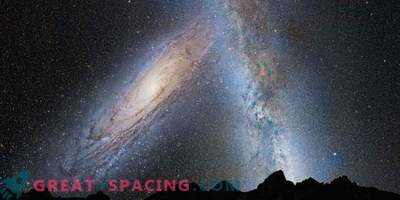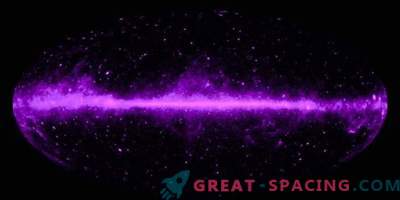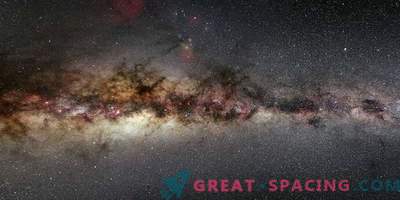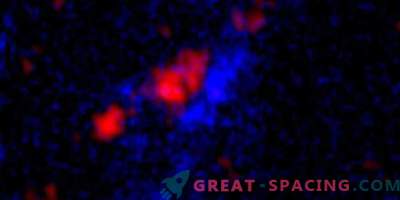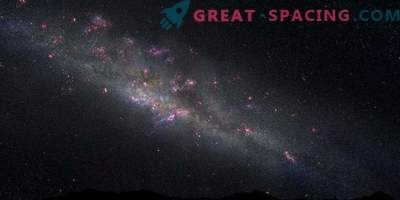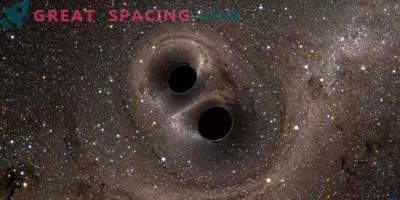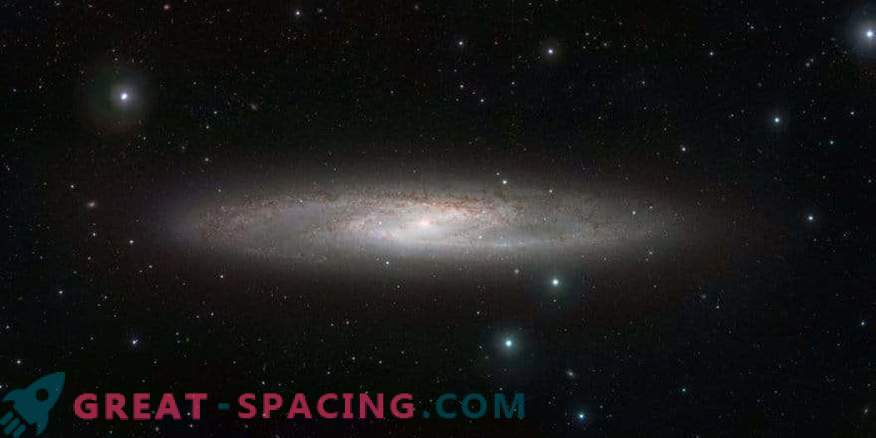
Galaxy Sculptor, shot by VISTA telescope at the Paranal Observatory (Chile)
Joint data from the Hubble telescope and the Gaia mission helped to measure the correct motion of 15 stars in the territory of the Sculptor galaxy. This is the first such dimension outside the Milky Way. The analysis shows an unexpected preference in the direction of motion, which hints at the invalidity of theoretical models in other galaxies.
Scientists have long been able to measure stellar motion in “line of sight” by calculating the redshift. But to study the correct motion is more difficult, because you need to take several accurate measurements of the position of the star over several years. Huge distances mean that the stars move slowly, and outside the galaxy the process is even slower.
Locations
Mission Gaia is engaged in measuring the exact location of more than a billion stars. For the most part, it concentrates on the objects of our galaxy, but also covers its neighbors. As a result, for some, the positions were fixed with the Hubble telescope 12 years ago.
The researchers decided to combine the collected information. But it is difficult to do, because the missions calculate the location in different ways. I had to use the background galaxies, which remained stable for 12 years. Despite the risk of a system error, the team still captured paired observations in 120 stars of the Sculptor galaxy.
Paths
Then the scientists determined how the stars move in the galaxy through the anisotropy parameter. If the speed is high, then they have elongated trajectories, and if small, they have circular ones. This helps to reveal the properties of dark matter halogen gas. But standard models did not allow this.
It turns out that the models working on the line-of-sight motion do not cope with the objects of other galaxies. Perhaps the fact is that the models are based on the assumption that all stars belong to the same population. But the objects in Sculptor belong to at least two.
Dark matter
Stellar motion depends mainly on the invisible substance - dark matter. Therefore, it is important to calculate the anisotropy parameter, because it can be used to determine the distribution of dark matter in the galaxy. Analysis shows that combining Gaia’s information with other informational data will help measure the correct motion of stars outside our galaxy and improve theoretical models.
Another important observation was a more accurate measurement of the orbit of the Sculptor galaxy. It turned out that it is much wider than expected. It was thought that the spheroidal form was created due to close approaches to the Milky Way, but now it is clear that the matter is different. Scientists expect to solve the puzzle after the new release of Gaia's data next year.


